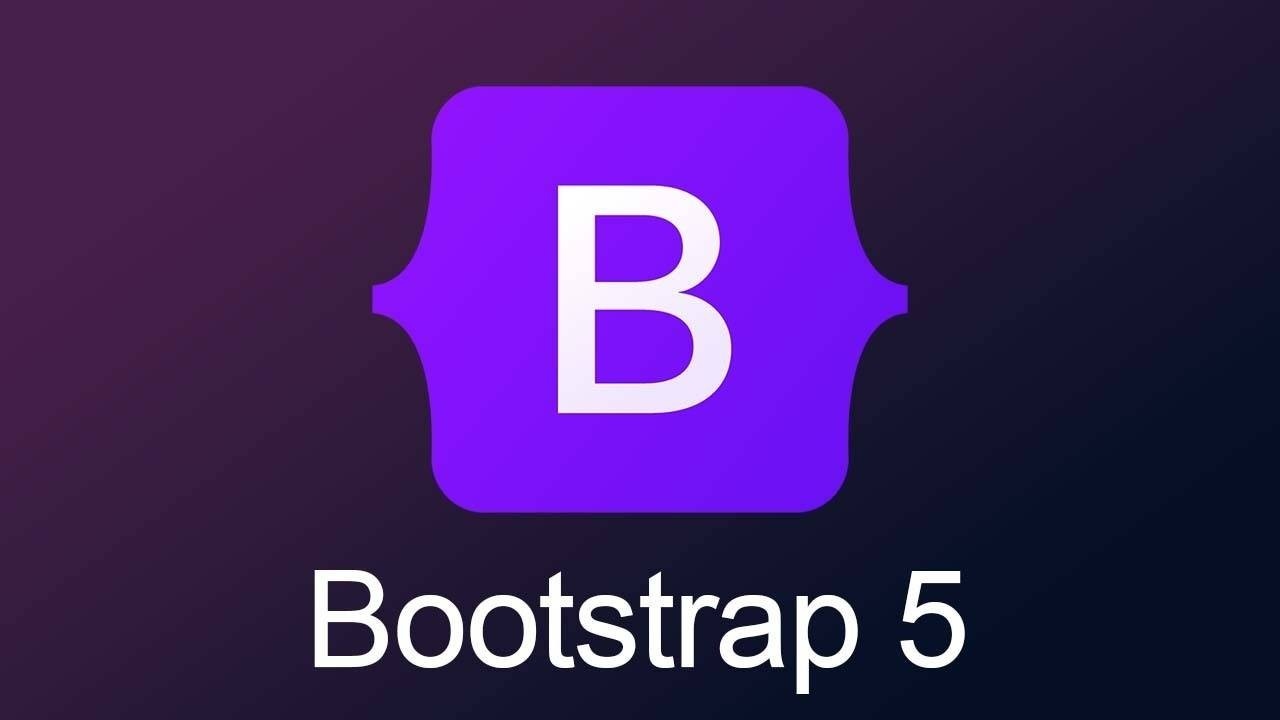UI Frameworks
21 Sep 2023
Simplifying Web Development with UI Frameworks
User Interface (UI) Frameworks like Bootstrap 5 and Semantic UI can seem complex, almost like learning a new programming language. However, they have tremendous benefits in web development. In this essay, I’ll explore why it’s worth investing time in these frameworks instead of sticking to raw HTML and CSS.
Consistency and Efficiency: UI frameworks make sure your website looks and works the same on different devices and web browsers. This saves time because you don’t have to fix problems for each one. They provide ready-made styles and layouts, so you don’t have to create everything from scratch.
Responsiveness: UI frameworks are good at making your website look nice on both big screens and small ones like phones. They do this automatically, so you don’t have to do a lot of extra work to make your site fit on all devices.
Speed of Development: UI frameworks come with pre-made parts, like buttons and menus, that you can use right away. This speeds up the process of building a website because you don’t have to build everything yourself. You can focus on the special things your website needs.
Community and Help: UI frameworks have lots of people who use them and can help you out. They also have instructions and guides to show you how to use them. This makes it easier to learn and get help when you’re stuck.
Personal Experience with Bootstrap 5
So far, learning Bootstrap has simplified the process of setting up webpages significantly for me. One feature of Bootstrap 5 that I’ve been heavily relying on in my recent WODs is the navbar, which organizes navigational features in the header of a website more easily. By altering and substituting few lines of code I am able to interchange buisness logos and navlink names with ease. One feature of the navbar that I’ve been using is the dropdown class which allows the navlinks to have dropdown menus with further navigational options in the header.
Another feature of Bootstrap 5 that has been really helpful is the flexbox class, which has the ability to automatically align and correct spacing of certain elements depending on what the designer chooses such as at the start, center or the end of the width of the screen. Finally, the last feature of Bootstrap that has considerably helped me was the footer feature, which is able to stick a section of the website to the bottom of the webpage. This is useful for extra information that businesses usually want to display such as copyright notes, email newsletters and other links.
While HTML and CSS offer complete control, building a responsive and consistent website from scratch is time-consuming. UI frameworks like Bootstrap 5 reduce this effort. The choice depends on your project’s needs and your familiarity with the technologies. UI frameworks like Bootstrap 5 make web development more accessible and efficient. They may seem complex at first, but the benefits in terms of consistency, speed, and support make them a valuable investment for developers at all levels. Whether you’re a beginner or an experienced developer, UI frameworks can help you create modern, user-friendly websites with ease.